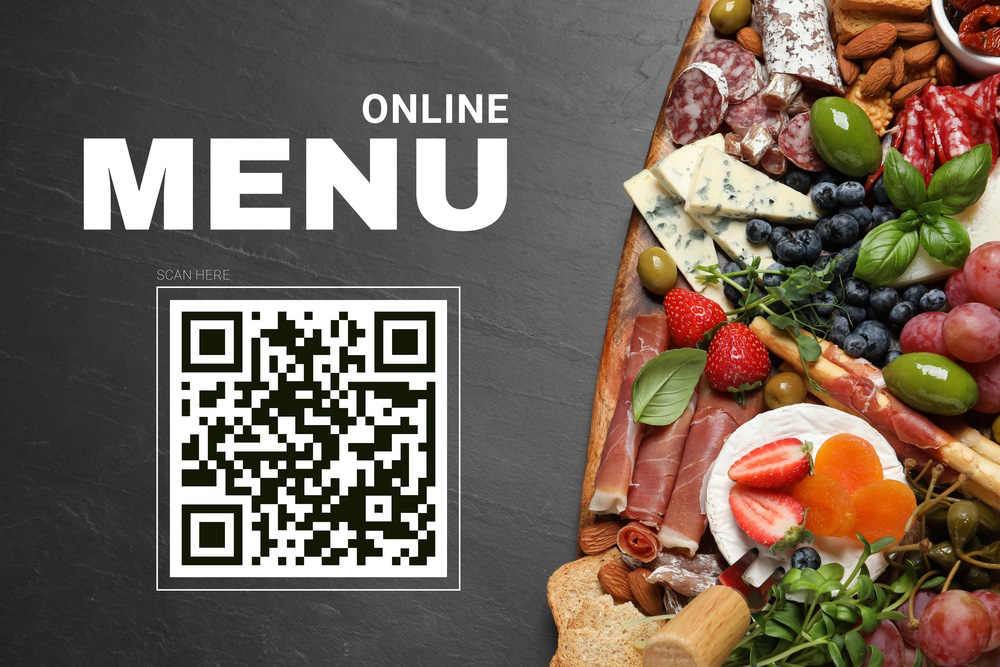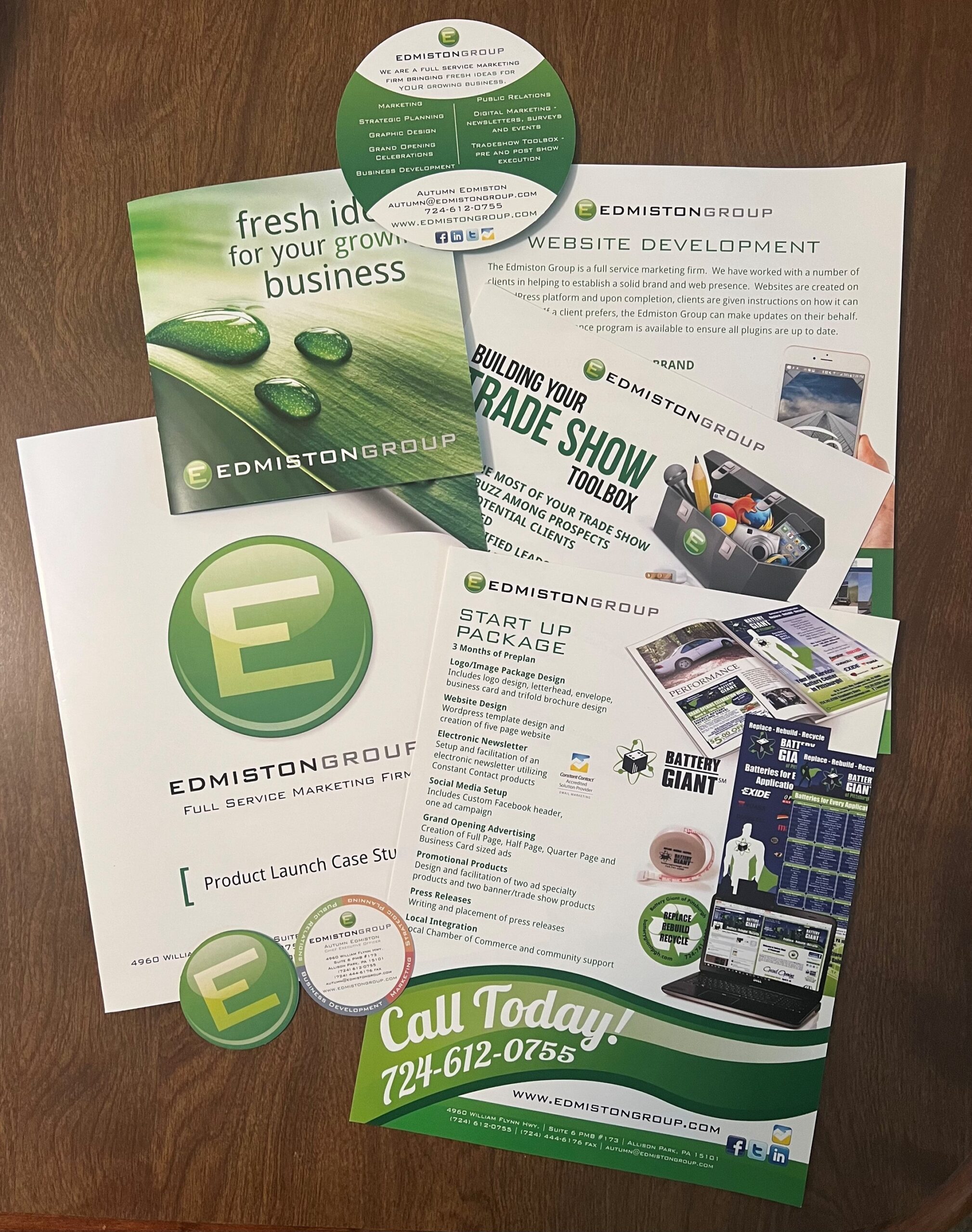Have you ever calendared the time to sit down and write your new blog content and as soon as you sit down your mind goes blank? Suddenly, you panic and your mind spins about what topics to talk about or what kind of content you create. If so, you’re not alone. Utilizing tools like ChatGPT or Answer the Public can help in blog writing efficiency. When used effectively these software tools can provide a variety of topic ideas and blog titles on a given subject and can take the headache of finding new topics.
Setting up Google alerts on a type of industry such as “Marketing Tips for Small Business” can keep fresh ideas coming into your inbox. You can set the frequency as to how often you’d like to see news but these types of stories can be utilized for inspiration or reshared on your social media channels with comments and engagement.
Here are 5 ideas for creating new blog content:

1. Mind Mapping
Mind mapping is a way to “brainstorm” a topic. You usually start in the middle of the page with the central theme or one of your core business concepts, and from that point, you work outward in all directions (like the spokes of a bicycle tire) to create a growing diagram composed of keywords, phrases, concepts, facts, and figures. All of these spokes or ideas can be used to generate new blog content that reinforces your business’s core values and resonates with your audience.
2. Look at Your Competitors’ Content Strategies
Who better to learn from than someone else who also knows your audience? Examining your competitors’ content lets you know where there are gaps in your content marketing plan. These gaps can create more opportunities for your business to reach out to the audience that you have missed or overlooked.
By reviewing their blogs on their website, you can see the different content they are using and how effective that method of delivery is working. For example: If you see a certain topic is driving a lot of traffic or comments, you may want to also cover that topic and share it with your audience.
The main objective is to understand what interests your target audience and how you can fill in the gaps in your marketing content without replicating your competitor’s content. Think about how you can bring in your core advantage and offer your unique perspective through your business voice while keeping your core values intact.
3. Join Social Media Conversations
If you are not active on Social Media, you might be missing out on opportunities to recognize topics of interest to your audience. Social Media is a way for your audience to express their thoughts, interests, and preferences. By participating in these conversations, you will gain valuable information that you may not have thought of or been aware of. Also, by joining the conversation, you and your company will gain exposure to share your expertise and increase your brand awareness by being seen and heard by a wider audience. In a nutshell, thoughtful participation allows you to show your audience that you care about them by listening to what they have to say.
4. Explore Google Search Suggestions
Google Search suggestions are a quick way to identify what people are searching for in real time. Here is how it works: When someone starts to enter a question into the search box, Google Search automatically looks at common and trending queries that match what someone else has already been searching for. Google Search then gives you several choices for completing the question. Writing to these search queries is a smart way to brainstorm ideas around highly targeted content.
5. Ask Your Audience
It’s so simple that we often overlook the obvious. Ask your audience what they want. This boosts engagement, gives your audience a voice, and shows that you care about what they want. You can use your social media channels, email newsletters, or even a simple survey on your website to gather their opinions. Remember to always ask open-ended questions so your audience can indicate their choices and elaborate on them. Engaging your audience this way can provide you with targeted content ideas as well as letting the audience know they have a choice in the content you create.
There are endless ways to come up with new blog content ideas and these are just a few. Hopefully, by implementing any or all of the 5 ideas above, you will be well on your way to creating new blog content that resonates with your audience, shows you value them, and establishes you and your business as an industry leader.
If you need help putting your blog content together, give the Edmiston Group a call at 724.612.0755. We can create the blog content for you or help create a blog content calendar for the continued success of your business.
About the author: Autumn Edmiston is the CEO and owner of the Edmiston Group. The Edmiston Group is a multifaceted Pittsburgh-based marketing consulting firm providing senior-level marketing management services to businesses and non-profit organizations on a short or long-term basis. Core areas of service are business development strategies, website creation and management, social media management, marketing, strategic planning, and public relations. The Edmiston Group has consistently delivered and implemented real-world, proven business marketing ideas and strategies for business.













